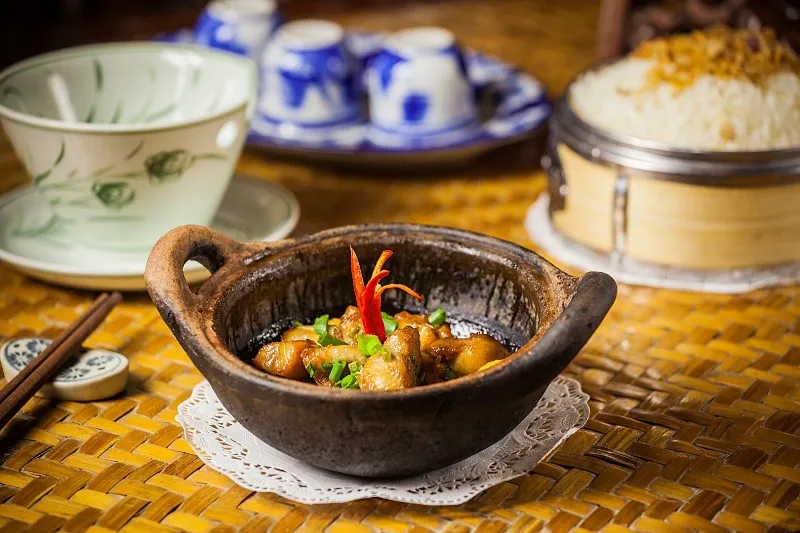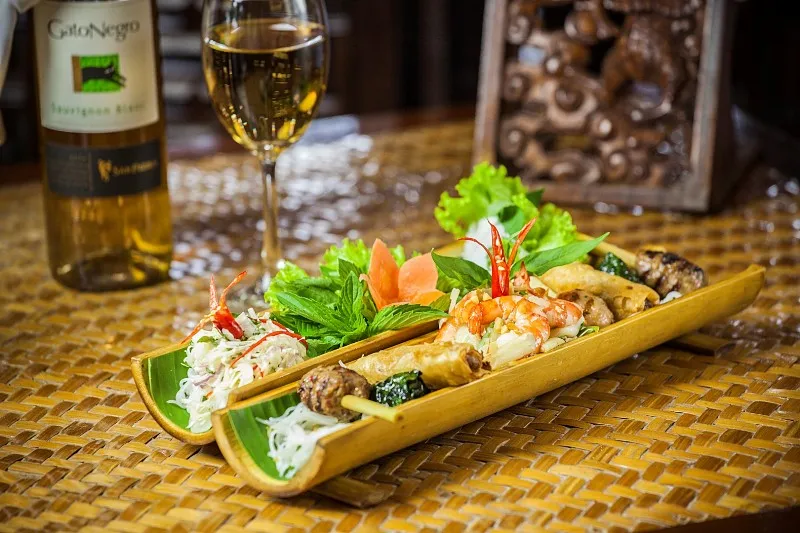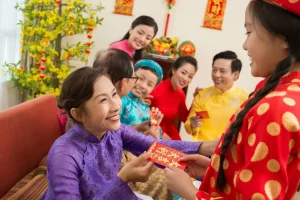Since arriving in Vietnam in 2008, Chef Bernard Ibanez of Victoria Can Tho Resort has fallen in love with the Mekong Delta, using the distinctive flavors of the region in his French-inspired cuisine.
In your point of view, what is the main difference between Vietnamese cuisine and French cuisine?
French cuisine is heavy on presentation and style. French cuisine is diverse, complex and is often paired with a wine. A typical French meal follows a sequence: starter, main course, dessert until the last slice of cheese.
Vietnamese cuisine is totally different from French cuisine. Most of the dishes focus on vegetables and the accompanying condiments. A traditional Vietnamese meal will usually have condiments such as fish sauce, shrimp paste, soya sauce eaten with steamed rice, and many types of vegetables (including aromatic herbs and fresh, raw vegetables). And everything is served at once. That’s what sets Vietnamese cuisine apart from other cuisines.

Do you find it difficult to use Vietnamese ingredients for cooking?
Honestly, I don’t find it difficult. I love discovering all the ingredients that are used in making food, from Vietnamese to French dishes.
I’ve found it interesting that Vietnamese people always use monosodium glutamate for cooking, from soups to main courses. I’ve spent a lot of time convincing and mentoring Vietnamese chefs to limit, or even doing away with MSG, while having the food still be flavorful.
What’s your secret to innovating Vietnamese food?
I enjoy reinventing the hotel menu by fusing Vietnamese and French dishes. That has led to some unique, unforgettable flavors.
On our menu, we have many Mekong Delta specialties that have been tweaked a bit like the Victoria Can Tho Resort Sampler Platter, a combination of five Vietnamese dishes: Bon bon salad, grilled duck skewer, shrimp wrapped in sugar cane, beef wrapped in betel nut leaves and grilled pork skewers. They’re served on a tray made out of a stalk of bamboo which has cultural meaning here.
The Vietnamese palate is totally different from Westerners. To keep the soul of Vietnamese cuisine, I try to preserve the distinctive flavors of local products, and limit marinating with spices.
For example, sea bass is a freshwater fish which has silvery skin, and sweet, firm meat. The key to making sea bass soup with scallion and ginger is using the sweetness of the fish to sweeten the soup. Therefore, I do not use any spices or monosodium glutamate but just a bit of refined salt. Other artificial spices will overpower the natural sweet taste of the sea bass.
Because I don’t use very many spices, I remove the fishy smell by cutting the fish into pieces and blanching them quickly in boiling water with a bit of vodka added. The key is to just dip the fish quickly into the boiling water so as not to lose its taste. In the soup, the light sweetness of the sea bass, with the pungent flavor of ginger and scallion really come through.

What do you think of the dishes of the Mekong Delta and do you have a favorite?
Along the Hau River, there are many types of vegetables, fruits and fresh herbs, thanks to its rich silt deposits. The food here has its own natural sweetness. This creates the distinctive flavors of the cuisine of the Mekong Delta.
There are many bon bon trees in the Mekong Delta, especially in Cam Mau. I love bon bon salad as a starter because of its combination of sour, sweet and spicy. Crunchy bon bon stalks with fresh prawns are a great way to start a meal.
I also like the Vietnamese sweet and sour soup and caramelized fish in clay pot. The sweet and sour soup makes use of many types of river vegetables and blend perfectly with the caramelized fish for a sweet, salty, spicy goodness.
Vietnamese are picky eaters, especially when trying new dishes. Your dishes combine local ingredients with Western-style cooking. What do your Western guests think of these?
All of our guests come to us because they love Vietnamese and French cuisine. They say our fusion dishes are very distinctive and unique. The Mekong Delta grows a wide variety of vegetables and fruits. That has inspired me to add these ingredients into my Western-style dishes and our guests have responded very positively.
Have you ever been to Hanoi or Ho Chi Minh City? What do you think about the cuisine there?
I’ve been to Hanoi and also had the opportunity to enjoy northern cuisine. In my opinion, the flavors of northern Vietnam are similar to China. The north has four distinct seasons and is colder than the south. So the cuisine is warmer, hotter to suit the cold weather. On the other hand, the south has a diverse range of fruits and vegetables. The cuisine here is more tropical and sweeter than in the north.
Adapted from a Vietnamese language article posted on Zing.vn











